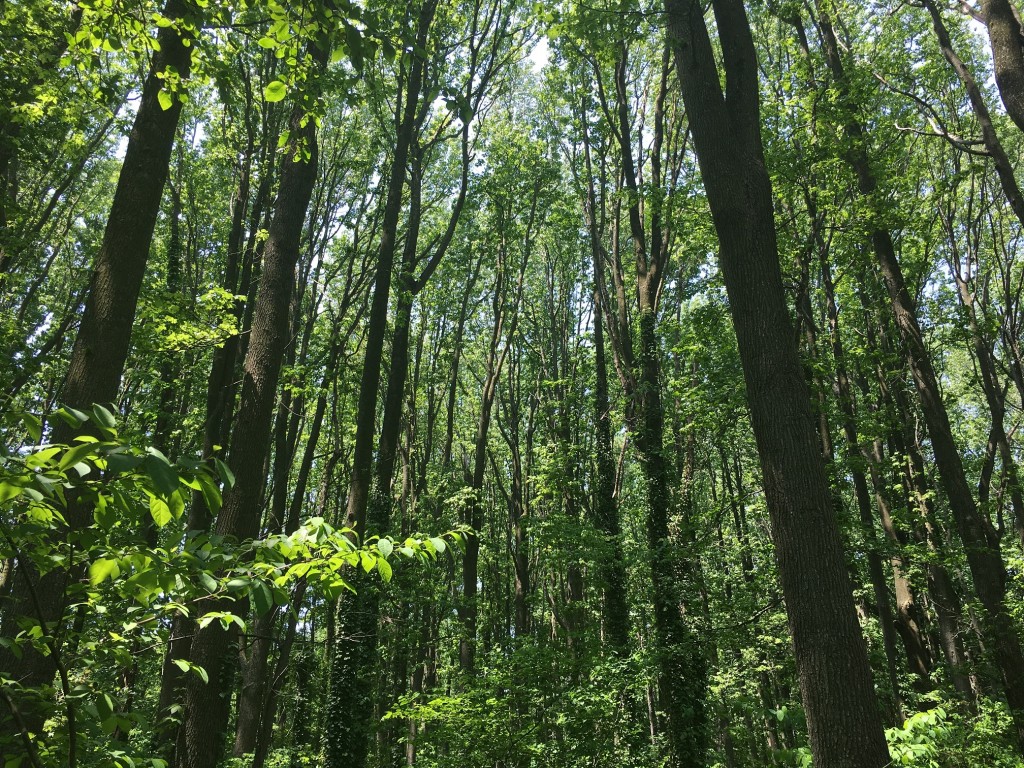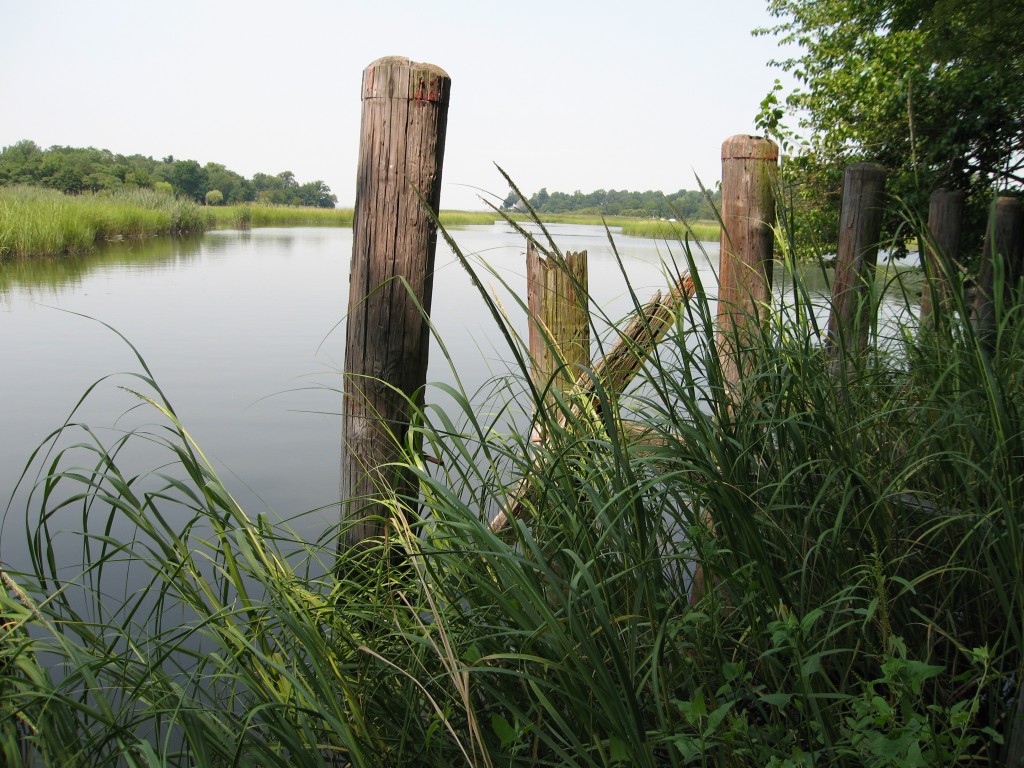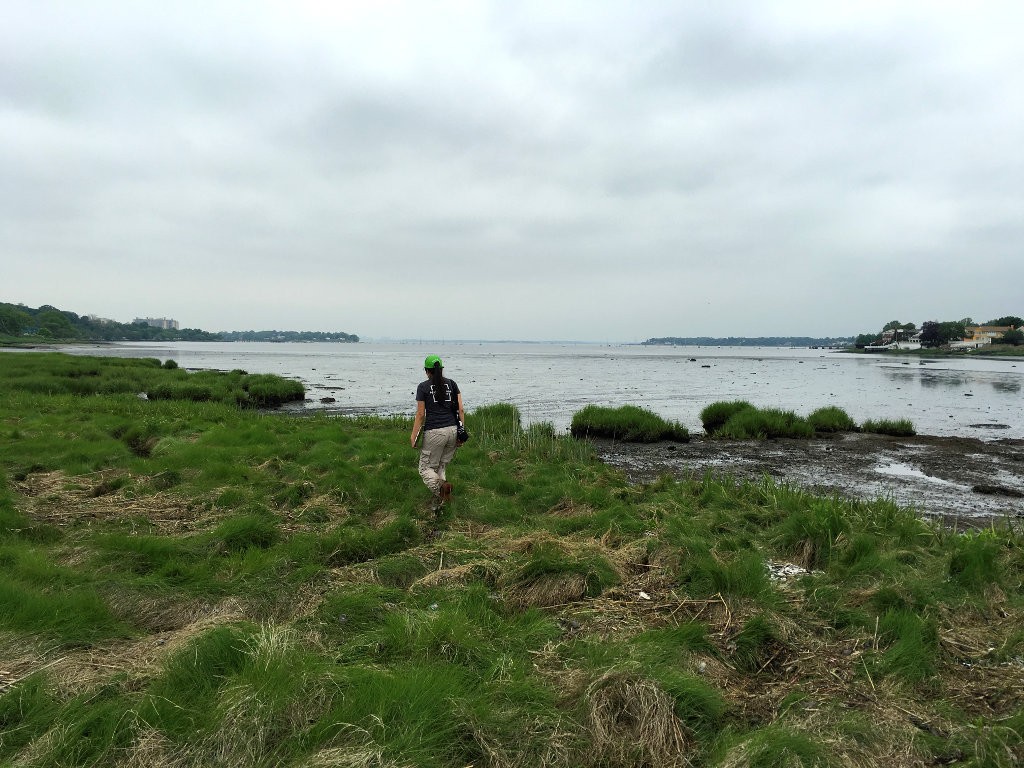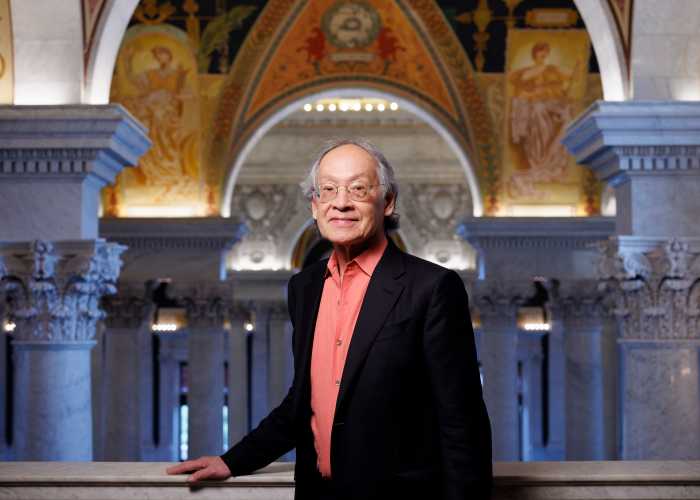New York City is sometimes referred to as a “concrete jungle,” but a study by the Natural Areas Conservancy found that the five boroughs are much greener than many may think.
The study found that Queens specifically has 7,482 acres of public parkland and 2,157 acres consist of forests, grasslands and wetlands. The borough is also home to 346 individual plant species and 163 of those species are native to Queens, according to spokesperson Nicole Brownstein.
The 10 forest, grassland and wetland sites are designated Forever Wild, which means they will be eternally protected and preserved by the Parks Department.
They include Alley Pond Park Preserve in Little Neck, Cunningham Park Preserve in Bayside, Dubos Point Wildlife Sanctuary in Arverne, Flushing Meadows Corona Park in Corona, Forest Park Preserve in Woodhaven, Highland Park Preserve in Ridgewood, Idlewild Park Preserve in Springfield Gardens, Rockaway Beach, Spring Creek Park Preserve in Howard Beach and Udalls Cove Park Preserve in Little Neck.
Eight of these sites are open to the public, while closed sites include Udalls Cove and Spring Creek Park, which are protected nature preserves that support bird populations.
The most diverse park in Queens is Alley Pond Park, which features 230 unique plant species, 114 of which are native. In second place, Forest Park features 164 plant species, 87 of which are native to Queens.
Cunningham Park Preserve in Bayside was the site of the largest tree discovered in all five boroughs — a 5-foot-wide red oak tree.
Natural Areas Conservancy took the findings from their two-year study and placed them on a map to highlight the 10,000 acres of forests, wetlands and grasslands across the city. The additional 10,800 acres of natural spaces managed by the state and federal government were not included.
“New Yorkers may be surprised to learn about the astounding natural diversity right in our backyard,” said Sarah Charlop-Powers, executive director of the Natural Areas Conservancy. “Our research will shape future conservation efforts as we work to make NYC’s wild places accessible to new audiences.”
The study found that the 10,000 acres of parkland represent an area 12 times the size of Central Park and that there are 2,100 species of plants and trees; 350 species of birds; 200 species of native bees; and 180 species of rare animals.
Natural Areas Conservancy, a nonprofit aimed at promoting conservation of New York City’s public parkland, are spearheading a campaign to promote these sites to New Yorkers and will host nature events in each borough.
These events will include walking tours, a lecture and an oyster bed activity led by the nonprofit starting in June.
For more information on the city’s parklands or to explore the map, click here.






































